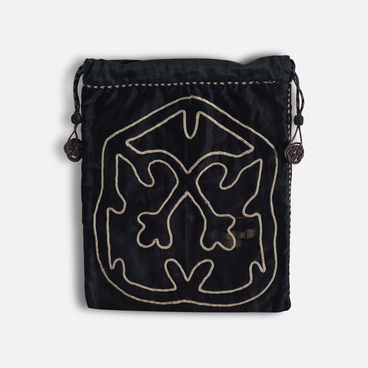A kemenche, an Armenian stringed musical instrument from the late 19th to early 20th centuries, is exhibited in the hall of the Museum of the History of the Resort City of Sochi, which provides insight into the life of the settlers.
Russia began developing the territory of modern Sochi after the end of the Caucasian War in 1864 and the deportation of the region’s indigenous inhabitants, including the Shapsugs, Ubykhs, and Abazins. According to the “Regulation on the Settlement of the Black Sea District and Its Management” of 1866, along with the corresponding laws of 1896 and 1897, the main contingent of colonists consisted of landless and land-poor peasants from the western and central governorates of Russia. Additionally, Pontic Greeks and Armenians from the Ottoman Empire, primarily the Hamshen Armenians, were attracted to develop the coast. These groups mainly migrated from the Vilayet of Trebizond, including the cities of Terme, Ordu, Samsun, Sinop, Trebizond (now Trabzon), and others.
The dense settlement of the Hamshen Armenians, particularly in rural areas and in their natural surroundings, along with their isolation from the main ethnic core — Armenia — significantly contributed to the preservation of their ethnocultural specificity. At the same time, the traditions of the local population had a considerable impact on their daily lives. For a long time, a communal way of life remained a characteristic feature of their society. The rural community maintained a church and a school. In 1908–1909, a council for Armenian schools in the district was elected in Sochi, where a total of ten schools operated for 300 children. In 1913, an Armenian school was opened. Due to the similarity of the natural and climatic conditions of Pontus and the Caucasian Riviera, Armenians and Greeks quickly adapted to their new places of residence.
Traditional Armenian musical instruments, such as the zurna, kemenche, and daul drum, accompanied all the festivities of the settlers. The Armenian kemenche, along with its Persian counterpart, is one of the oldest stringed instruments. Its first depiction on a bowl was discovered during excavations of the ancient city of Dvin, dating back to the 9th–10th centuries in Western Armenia. The ancient kemenche featured a long neck and originally had only one string; later, several more strings were added. The peak of popularity of the Armenian kemenche occurred in the 16th and 17th centuries.


